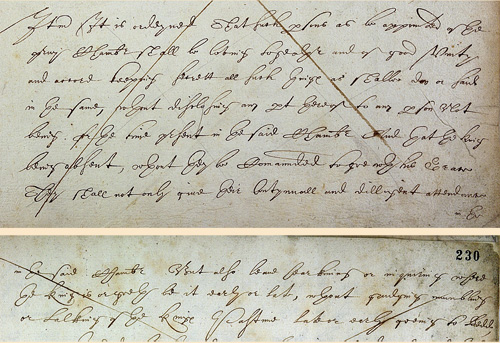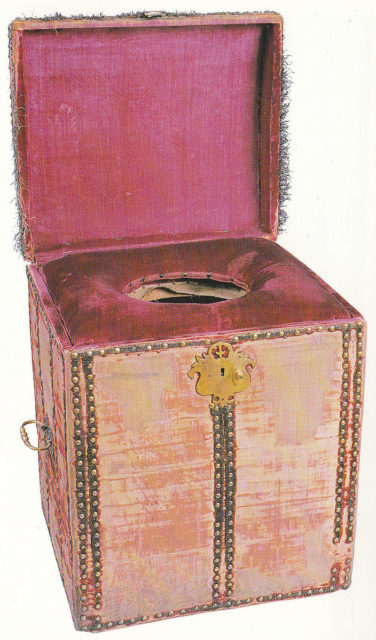Being royal or common, the things we do in the privacy of our bathrooms are for our eyes only, but this wasn’t always the case. The Groom of the Stool was a person responsible for helping the king in his most intimate moments of excretion and ablution. It may seem like a dirty job, but however, Grooms of The Stoll were highly respected people.
Although it may have existed earlier, this unique courtier role was invented during the Tudor era. The position became noted during the reign of Henry VII whose Groom of the Stool was Hugh Denys of Osterley, who had transformed the Groom of The stool’s role in more than just taking care of the king’s bowel movements. In a way, he developed the Privy Chamber, a department in control of the royal finances which under Denys’s management also gained control over national fiscal policy.
The basic job of the Groom of the Stool was to take care of the bodily functions of the King, and for this purpose, he was entrusted with the “stool” and given a special room with curtains. The groom was also equipped with washing utensils such as bowls and towels. The Groom of the Stool was also responsible for assisting the king in undressing and re-dressing his elaborate clothing during his number twos. He also kept an eye on the king’s diet and meals, planning his daily tasks according to what the king did or eat. All of this was done according to royal protocol, with the highest level of decency.

The word “Stool” in Groom of the Stool refers to a portable commode which was carried by this particular “servant,” along with water towels and a bowl. “Stul” is the Norse and Early English word for chair.
The physical intimacy that the Groom of the Stool had with the king, demanded trustworthiness. That is why monarchs had always chosen a man they had complete confidence in.
The king often revealed royal secrets and relevant information in front of him. This knowledge made the Groom of The Stool influential, respected, and feared in the royal court, but if he chose to disclose any information he would lose his honor.

In the time of Henry the VIII, this position was given to court companions from the privy chamber, usually the sons of nobles, or notable people from the elite. As time went by, they slowly transformed in virtual personal secretaries to the King.
They took care of many administrative tasks in the king’s chambers. Because of the close and direct contact with the king, the Groom of the Stool job was highly desired.
Grooms of the Stools kept tending to the needs of the king until 1558 when Queen Elizabeth the I came to the throne, and Kat Ashley was appointed as First Lady of the Bedchamber. The Groom of the Stool was no longer needed and was replaced with this new position. After the death of Elizabeth, when James I took the throne, the role of Groom of the Stool was returned.

Later, in the Stuart Era, the name of the position changed into “the senior Lord of the Bedchamber.” Again, this person was a member of the nobility.
Read another story from us: Sir John Harington invented the flush toilet in the 16th century
The Groom of the Stool position was finally abandoned when Queen Victoria ascended the throne and was reintroduced only for a short time during the rule of her successor, Edward VII.
